
Shawn VanDerziel is the Chief Human Resources Officer at The Field Museum. This is the first in a series we’ll be presenting that discusses the Field Museum’s staff culture and engagement initiative.
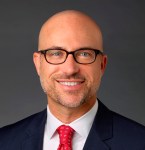
Last year I attended a great session at the AAM Annual Meeting and MuseumExpo on hiring and diversity. One of the panelists spoke about the need to assess your workplace culture to understand who might be a great fit for your organization, and what your obstacles might be when recruiting and retaining a diverse staff. She was posing the questions: what is your unique workplace DNA? what does your museum value? do you walk your talk? how do you know who will succeed there? All of this really resonated with me.
In other words – for my organization: Who are we? What do we stand for? Do different segments of our employees perceive us in different ways? Do we allow for a diversity of thought? Are we a respectful workplace? Are we inclusive?
We are one Museum in a single location, yet our employees could experience the same workplace in different ways. Perhaps millennials experience it differently than baby boomers, Latinos differently than Caucasians, curators differently than security officers, etc. I became intrigued with the notion of measuring these differences. Ultimately, we decided that we needed to understand the most basic questions of our workplace in order to recruit and retain the best employees.
Skip over related stories to continue reading articleWhen I first started at The Field Museum 20 years ago, I could easily describe our workplace culture, but over the years it has become increasingly more difficult. A lot has changed: the economy took a dive, wages and programs were stalled or slowed, we hired a new CEO and other senior executives, and now we are beginning to grow again. It is also evident that sub-cultures have formed; perhaps we might not all share the same views of our own culture. But I had no way of measuring or articulating those differences or a way to know how this may be impacting our success.
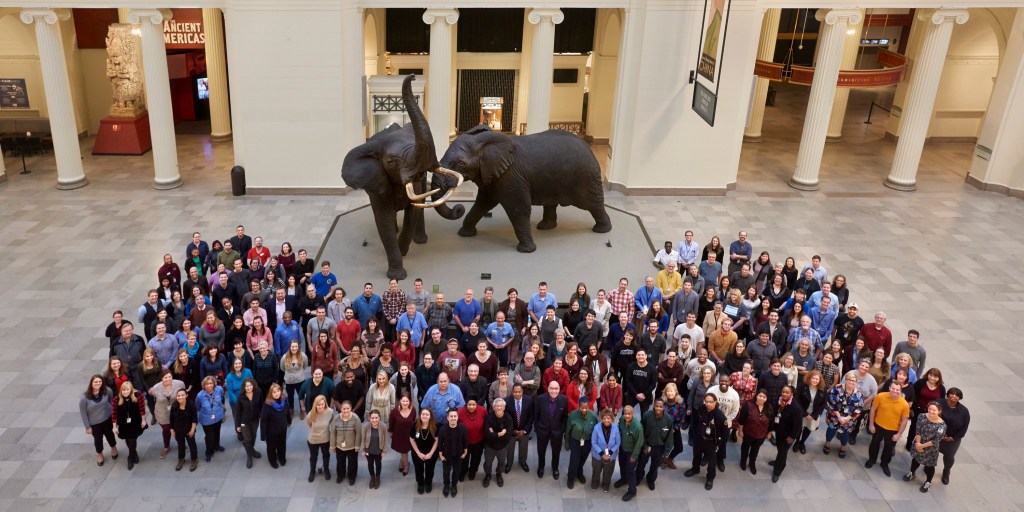
We created a new strategic plan and integral to that plan, we outlined the values needed in our collective traits to meet the goals and objectives outlined. It’s critical for us to understand if there is a gap between who we are and who we need to be. We are unique, as is every workplace culture and we should celebrate who we are… but who are we? With this in mind, we decided that we really needed to understand our culture to illuminate our strengths. We might even need to modify a component of our workplace that could be an obstacle in our way of reaching our potential, achieving greater success… and recruiting and retaining great employees.
It was time to reflect and act. So, we recently partnered with a company that could help us with this, WorkXO. We have launched a yearlong undertaking to be more deliberate about what we need to succeed from a people and culture perspective. It’s not going to happen organically; we need to be intentional about our future and we need all of our employees to participate. Culture can’t just happen. As an example, a leader can’t one day exclaim that an organization will be transparent. Transparency takes thoughtfulness, definition, and setting of expectations, communication, and participation. To build a culture of transparency, everyone needs to be held accountable; it can’t be one person’s responsibility. The real question then is: How do you do that?
The first step was to ask our 500 employees to complete an assessment containing 64 questions about the building blocks of what makes up our culture. The assessment asked questions that measure individual aspects of our workplace such as how we; manage change, distribute decision making authority, facilitate leadership, grow our employees, share information, work across the organization, provide feedback, hold each other accountable, embrace diversity, take risks, plan for the future, enable people-centric solutions, implement appropriate technologies, trust in each other, and align strategies. The answers and trends related to those questions will be measured and categorized into/by 8 cultural markers of a workplace culture: agility, collaboration, growth, inclusion, innovation, solutions, technologies, and transparency.
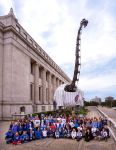
We assembled a Culture Committee selected from a broad spectrum of employees representing different levels of responsibility, ethnic backgrounds, departments, years of service, and age, etc., to help us interpret the data and to lead us in generating a playbook to bolster our current culture. Our playbook will include ideas, insights and intentional reinforcements or changes we need to drive our success. We will plot our findings to gauge if we are a more traditional, contemporary or futurist organization. And we will make determinations around those elements that need immediate or future attention. More specifically, this may include our workplace rituals, our recruitment processes, our onboarding, our meeting structure, cross-functional collaboration, policies, processes, empowerment blocks, resource allocation, team development, information sharing, etc.
The Culture Committee will report their findings and recommendations to our leadership team, including our CEO. Collectively, we will agree on the elements of our workplace that are most important and work together to make it what we want it to be. We plan to announce the results of our assessment as well as our playbook plans with our entire staff. The Culture Committee will be champions of the playbook and the continued development of our workplace culture. This whole exercise will be driven by diverse points of view and by design will be an inclusive process.
To meet our mission and ultimate goals as a museum, we need to act as an organization in a way that represents how we wish to be perceived by our public audiences. There is a cause and effect. Our culture will drive our success. Our success is dependent on our audience’s interactions with us and our culture impacts those interactions. We need to walk our talk.
While we are currently planning a one-year commitment for this journey, without question this will be an on-going topic of conversation and effort. It will become part of our DNA. I am very much looking forward to analyzing our results and working with our Culture Committee to make a difference in our workplace.
About the Author
Shawn manages the day-to-day operations of the Human Resources department that serves over 500 staff, 600 volunteers and over 200 interns. In addition to his responsibilities as the head of human resources, he serves as the Museum’s Chief of Staff. In this capacity he works closely with the President and executive staff to align strategies and manage the Museum’s Board of Trustees; organizing their quarterly meetings, managing communications and serving as liaison to the executive and governance/nominations committees. Shawn began his career with The Field Museum in July 1997; he became a Vice President in 2006 and has served as Chief Human Resources Officer since 2013. During his career at The Field Museum, he has overseen various departments and functions, including Information Technology, Web, Communications and Marketing, Protection Services, Mailroom and Printshop, Library and Education.


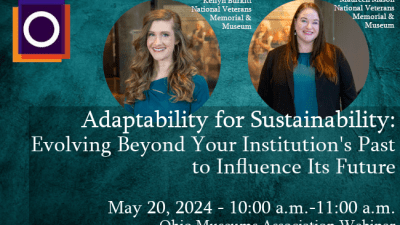
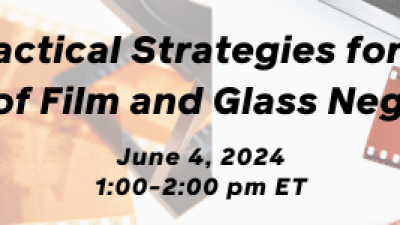
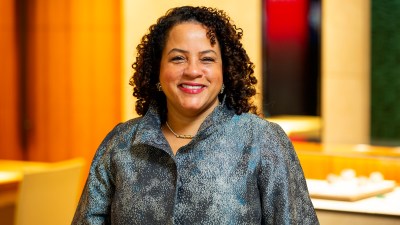
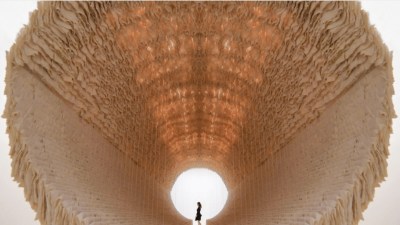
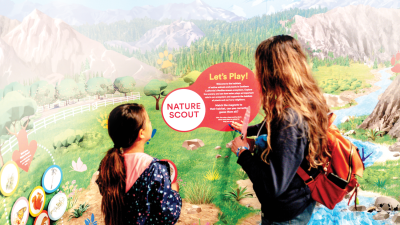
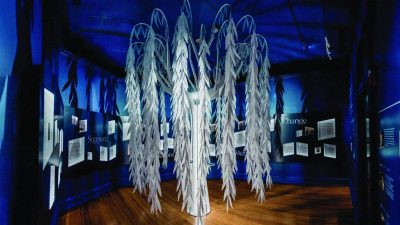
Comments